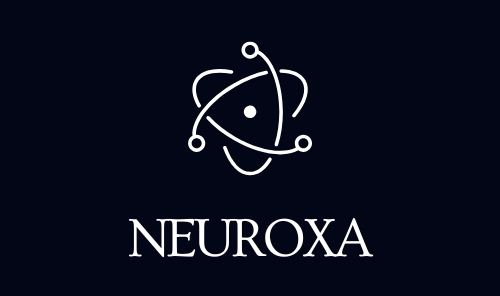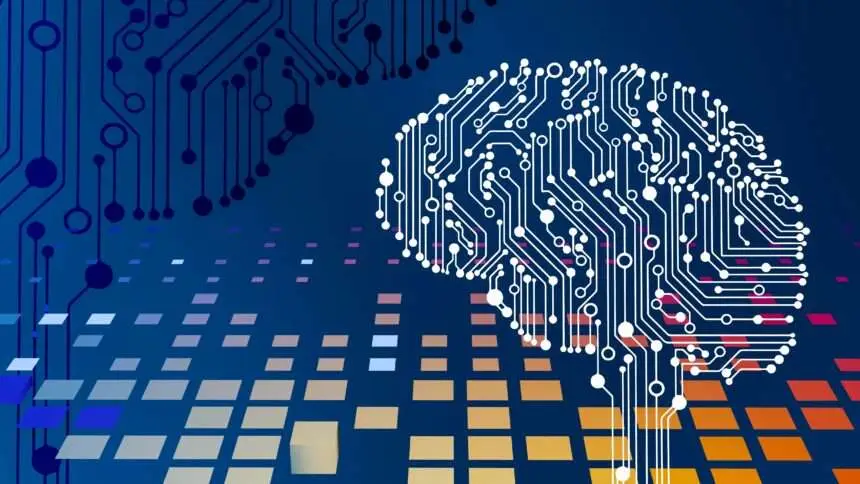The education sector, often slow to embrace change, is now in the midst of a technological revolution. By 2025, the Global EdTech market is projected to reach approximately $404 billion to $430 billion, accelerating at a strong CAGR driven by a foundational shift away from “one-size-fits-all” institutional models toward hyper-personalized, skills-based learning paths. This growth is being powered by three primary forces: the dominance of AI, the demand for measurable Return on Investment (ROI), and the proliferation of flexible learning models.
1. 🧠 The AI Revolution: Personalization and Productivity
Artificial Intelligence is the single most powerful driver reshaping education in 2025. Its impact is visible in both the front-end (student learning) and the back-end (teacher productivity).
Personalized Learning and Adaptive Tutors
AI-driven platforms are transforming the learning experience by tailoring content and pace to individual student needs and cognitive profiles. This is moving personalized learning from theory to reality.
- Customized Pathways: AI algorithms analyze a student’s strengths, weaknesses, engagement levels, and preferred learning styles with unprecedented accuracy. Platforms then dynamically customize programs and tailor content, ensuring targeted interventions and high retention.
- Intelligent Tutoring Systems: Generative AI tools are now commonly used by students for study and creativity. Statistics show a significant rise in student reliance on generative AI for learning, with some reports indicating student use of AI has risen from 66% in 2024 to over 86% in 2025 for academic tasks. AI tutors have been shown to be more effective than standard tutoring for a majority of college students and can lower dropout rates by keeping students engaged with real-time feedback and targeted practice.
Teacher Augmentation and Efficiency
AI is not replacing teachers but augmenting their ability to deliver quality education by automating routine tasks:
- Automated Tasks: Teachers are incorporating generative AI into their routines for tasks like research, lesson planning (38%), summarizing information (38%), and generating classroom materials (37%). This automation can reduce the teacher workload on administrative tasks by up to 44%, allowing educators to focus on meaningful relationships and complex student support.
- AI Literacy: With AI adoption rates being the highest in the education industry compared to other sectors, a critical trend in 2025 is the push for AI literacy—equipping both teachers and students to use these tools responsibly and effectively for co-learning and co-creation.
2. 🌐 Immersive Learning: VR, AR, and Gamification
Beyond flat screens, Virtual Reality (VR) and Augmented Reality (AR) are driving growth by making learning experiential and deeply engaging, a trend called Immersive Learning.
- Experiential Education: VR/AR technologies transport students beyond the physical classroom. Students can explore complex anatomical structures in 3D space, conduct experiments in virtual labs without geographical constraints, or take virtual field trips to historical sites.
- Engagement and Retention: The VR-in-Education market is projected for substantial expansion, with VR training driving a remarkable 76% increase in learning effectiveness compared to traditional methods. High school teachers report that these experiences are well-designed and deliver high-quality content, often leveraging gamification techniques like interactive quizzes and leaderboards to maintain attention.
- Infrastructure Shift: While VR adoption has historically been a challenge due to equipment cost, the market is seeing sustained growth in headset deployment, and innovative approaches are transforming empty or repurposed classrooms into dynamic spaces equipped for mixed reality and immersive activities.
3. 💼 Skills Alignment and Return on Investment (ROI)
For post-secondary and adult learners, the focus has decisively shifted from obtaining a traditional degree to acquiring credentials of value that offer a clear and rapid ROI in the modern job market.
- Career-Aligned Curricula: Students are expressing greater concern over the economic value of higher education. Institutions are responding by leveraging real-time labor market data and economic forecasts to ensure curricula align directly with workforce demands, particularly those influenced by the rise of generative AI.
- Microcredentials and Skills-Based Learning: The days of one-size-fits-all education are fading. The expansion of microcredentials, digital badges, and bootcamps allows youth and adult learners to master specific, in-demand skills in shorter, more flexible formats (often six months or less). This supports the concept of competency-based learning, where validation is tied to demonstrable skills rather than just time spent in a classroom.
- Outcomes-Based Funding: State policymakers are increasingly exploring and adopting outcomes-based funding models, which tie institutional funding directly to student success metrics, such as earning recognized credentials or gaining employment in relevant fields. This policy trend encourages schools to prioritize programs that demonstrably equip students for the contemporary economy.
4. 🌍 Global Market Dynamics and Access
The growth of education in 2025 is also characterized by significant shifts in market dominance and a focus on expanding access through flexibility.
- EdTech Market Growth: The overall EdTech market size is expanding, with projections for the Asia-Pacific (APAC) region showing the fastest growth rate (potentially up to 48% CAGR). This accelerated growth is driven by large, young populations, high cultural value placed on educational achievement, and heavy investment in scalable digital solutions as part of broader economic strategies.
- Hybrid and Remote Models: The shift accelerated by the pandemic has matured into a strategic necessity. Hybrid learning—blending online and in-person instruction—is now a standard offering, providing the flexibility and accessibility required to accommodate diverse learning preferences and ensure students can continue their education even in times of disruption.
- Addressing Inequality: While technology drives growth, it also risks exacerbating the digital divide. A key policy challenge in 2025 is ensuring that the benefits of high-tech tools—like AI-powered assistive technologies and virtual labs—are integrated effectively into all classrooms, regardless of socio-economic status, to promote equity and inclusivity across the entire education spectrum.
Source List
- ACE Blog: What’s Next: Top Five Trends in Education for 2025 (Focus on assistive technology, microlearning, and Universal Design for Learning).
- Digital Learning Institute: Education Technology Trends to Watch in 2025 (Overview of AI personalization, gamification, and microcredentials).
- Litslink: AI in Education: Current Statistics and Trends for 2025 (Data on student and teacher AI usage, market size, and personalized learning benefits).
- HolonIQ: Global EdTech market to reach $404B by 2025 – 16.3% CAGR (Market sizing, growth forecasts, and drivers of the EdTech sector).
- Engageli: 20 Statistics on AI in Education to Guide Your Learning Strategy in 2025 (Statistics on high AI adoption rates, improved student motivation, and course completion rates).
- Precedence Research: Educational Technology Market Size to Hit USD 572.08 Billion by 2034 (Market size and CAGR breakdown by product type and end-user, with a focus on North America and APAC).
- ExcelinEd: 7 Education Policy Trends for State Lawmakers in 2025 (Policy trends including outcomes-based funding and college/career pathways).

